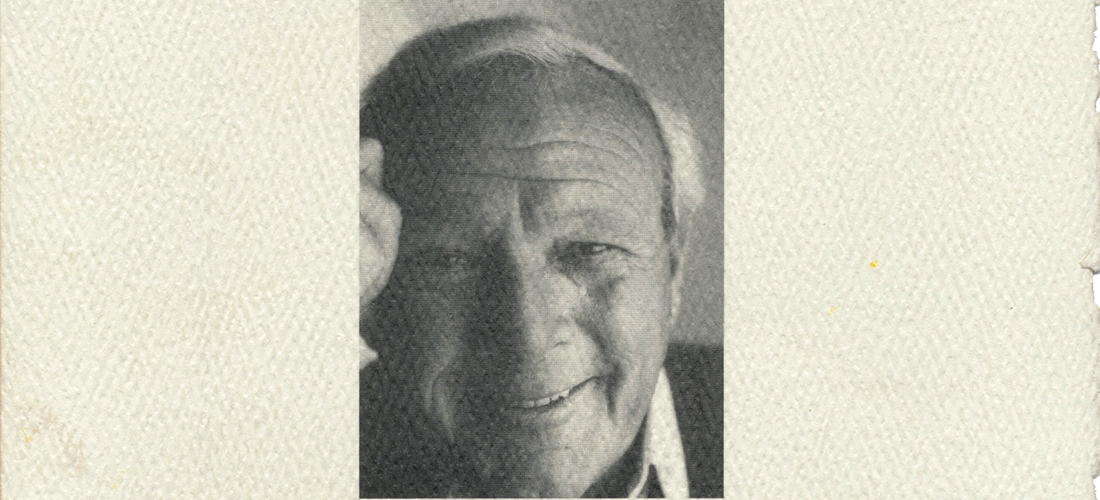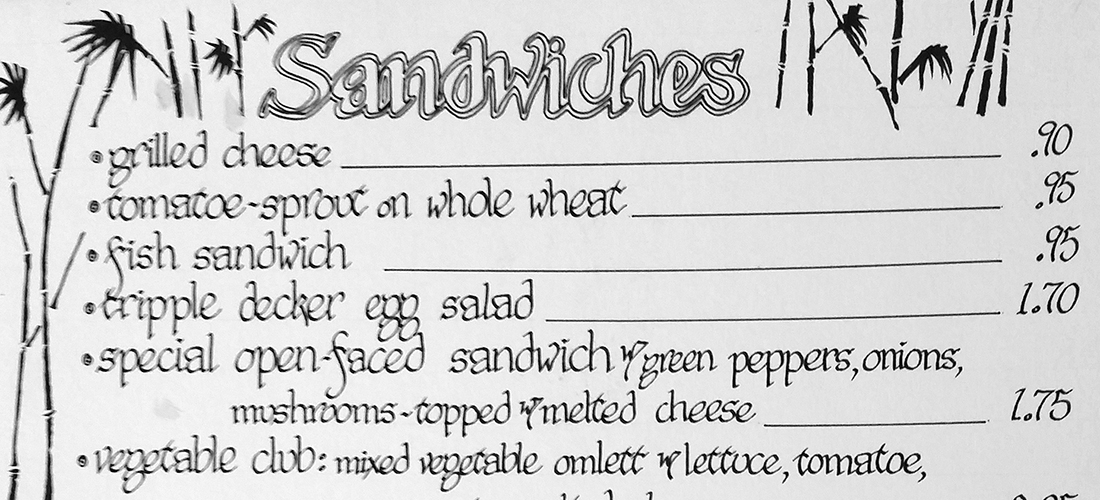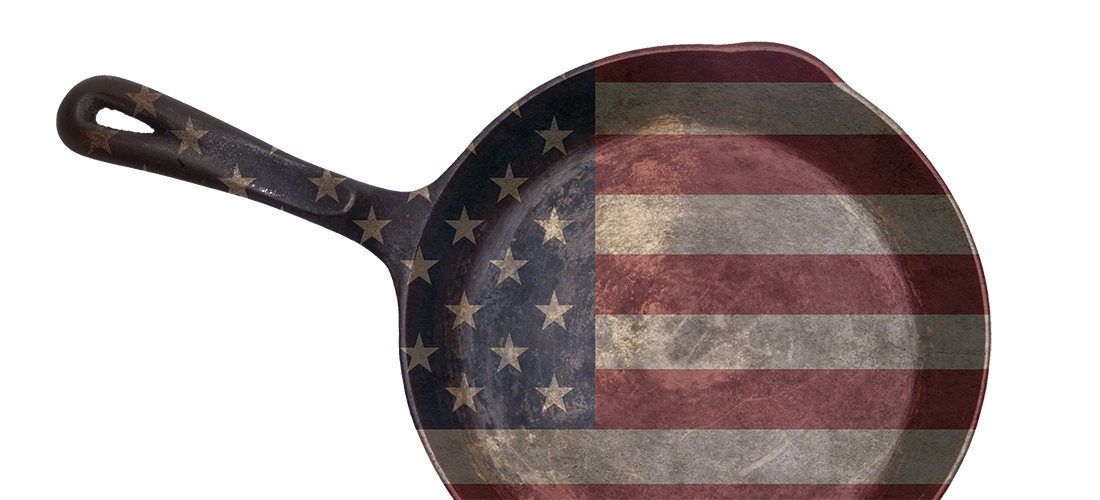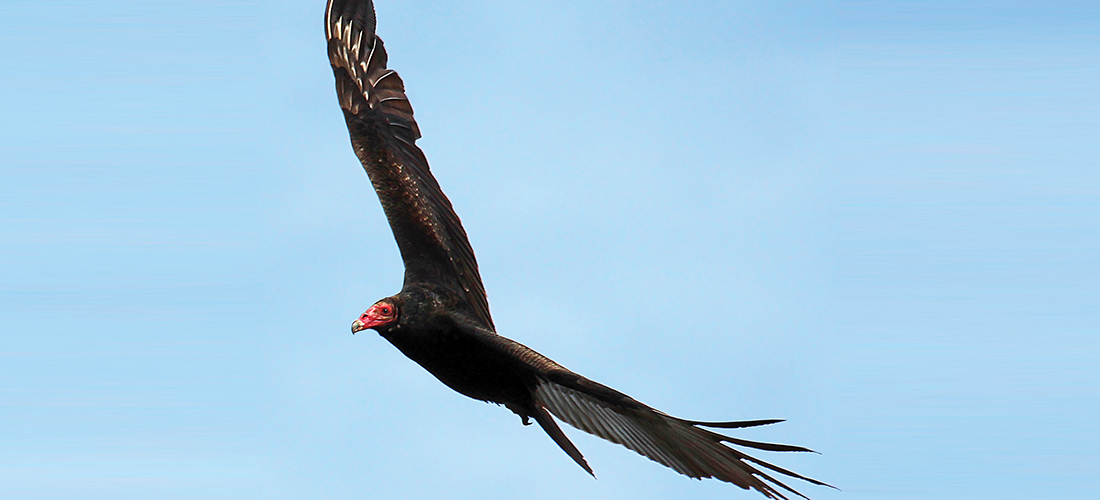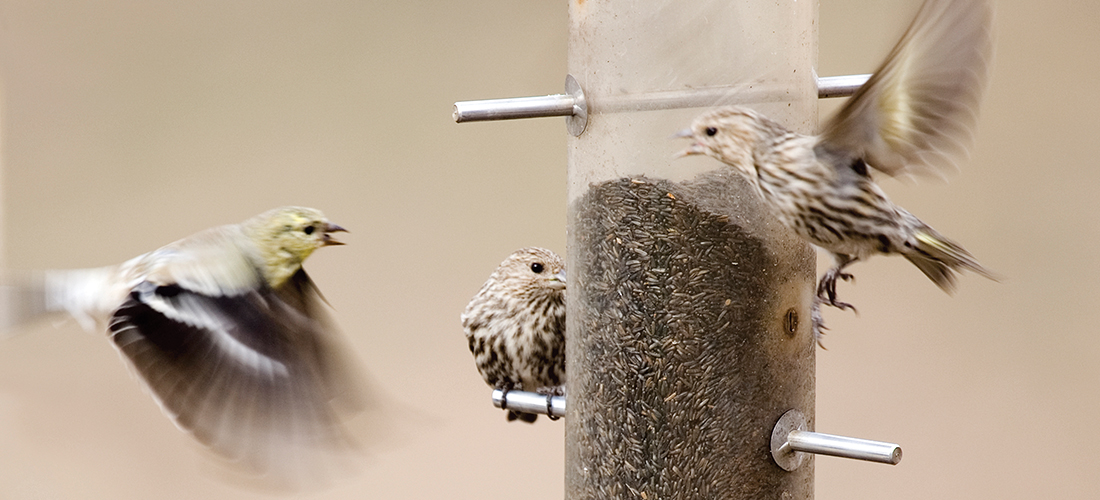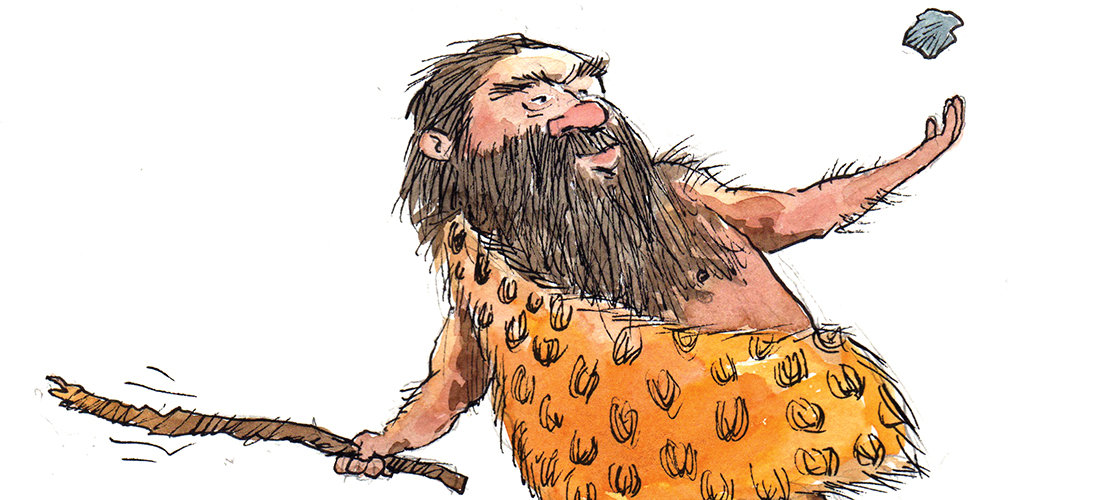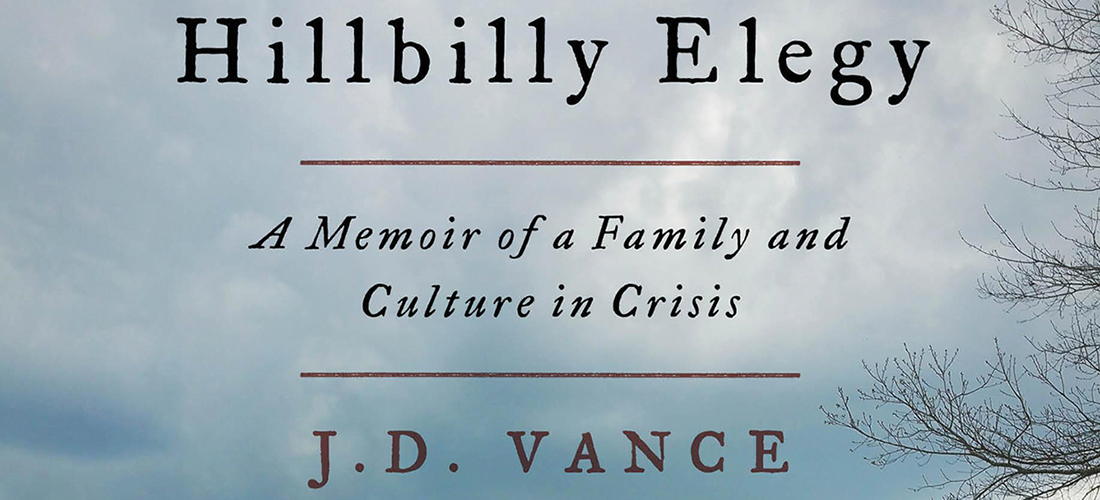The Den Mother of Tate Street
How Amelia and Robert Leung fed cared for a generation
of street people at the legendary Hong Kong House
By Grant Britt
For nearly thirty years, Amelia Leung and her husband, Robert, operated the Hong Kong House on Tate Street, feeding and mothering a generation of seekers, wanderers, mystics, musicians, craftsmen and those just looking for a good meal at an affordable price. In the process, they created a refuge for young folks trying on an artistic lifestyle and a zone for comforting the body and soul.
Amelia Leung’s odyssey started in her adopted hometown of Hong Kong, when, at age 13, she met Robert. The couple began conducting their relationship by long distance when Robert left to study in Manchester, England and Amelia went to nursing school in London. Upon graduation, she joined Robert in Canada where he had moved to better his English and his chances of emigrating to the United States. Robert’s grandfather Peter had settled in Greensboro, opening the Lotus restaurant around 1930 and wanted Robert to work with him. Amelia married Robert in Reno, Nevada in 1969, then came to Greensboro.
“I was working in the Lotus restaurant downtown, and trying to get my license in N.C. as a nurse,” Amelia Leung says. Just as Robert was graduating from N.C. A&T with a degree in electrical engineering, Amelia finished her coursework in nursing. Their going into the restaurant business involved a bit of happenstance, a drive-by, if you will. “We were traveling through, saw the Apple Cellar selling the place in ’69. At that time, they weren’t getting along with hippies and what was going on so they tried to pull out,” she says. “We bought the place.”
But the business was slow to take hold. “In the beginning, we did not know what we were doing,” she admits. At first, they tried serving traditional Chinese-American fare, chow mein, chop suey, but, says Amelia, “there were a lot of sandwich shops like Friday’s and pizza. I saw I had to make some changes in my menu, more sandwiches.” But with a little culinary flair: “I did stuff to hamburger to make it kinda different.” She also offered items no one else carried.”
That experimentation, along with her family recipes and willingness to listen to menu suggestions from staff and customers was what made the HKH a success. Local bassist and sound man Bobby Kelly, (Tornado, Sentinel Boys, Terraplane, Blues Word Order) worked upstairs at Keith Roscoe’s Guitar Shop. He quickly became an enthusiastic patron from the get-go. He even had two items named for him. “It can now be told,” Kelly says, “that I am Green Bob. And Brown Bob.” Kelly was jazzed about Amelia’s wok chicken sandwich but favored one revision. Kelly says, tired of sandwiches and bread, “I decided I would turn it into brown stroganoff . . . So she started making brown rice around that same time. I said, ‘Why don’t you just plop that on toppa some brown rice and instead of sour cream, give me a little cottage cheese on the side.’ Let’s see how that works. And BAM! It was born.”
Kelly says others pitched in. “Ken Hoover, I think, invented the Guitar Shop burger, something he scarfed down every day and it became a menu item.” Kelly’s wife, Jesse, also added to the menu: “There was some little greasy joint that served pineapple cheeseburgers from where Jesse was living in Richmond, and she got Amelia or Becky to make a couple of those.” They were an instant hit, he says.
The HKH menu and demeanor underwent a change a few years later when Amelia went to buy a sandwich from Friday’s, and the counter girl asked if there might be a job for her friend, then sent Aliza Gotlieb over and Amelia put her to work in the kitchen. “She said she’d like to open a coffeehouse downstairs,’’ Amelia remembers. “I said OK, we have the space, see what happens, go in 50-50. She and Larry Jacobs came out, started down there.”
That venture became the Nightshade Cafe, which served vegetarian fare and became a hangout for scores of local and national bands. “Eventually Aliza brings in some local musicians,” Amelia says. “I remember Billy Hobbs was first one to play live music down here.” A small stage was set up and Amelia provided supper. “Sometimes pass the hat, pick up some money that way.”
It got to be quite a scene. “If you were playing the Nightshade, or Aliza’s, whatever it was at the time, you got a meal out of it, too,” Kelly says. ”You could come upstairs after setting up or hanging out and there’d be Bob Margolin in one booth, and REM in another booth. Everybody knew it as a good, cheap honest place to chow.”
And for musicians who were struggling, Amelia was a lifesaver. Saxophonist Jimmy Carpenter, who played with Little Alfred Band, Alkaphonics, Jimmy Thackery and the Drivers, Walter “Wolfman” Washington, Mike Zito and the Wheel, recalls how, after working for a local pest control company, “I got laid off right before Christmas, and I didn’t work again till April, and Amelia let me run a tab, basically saved my ass that winter,” he says. “If you took the garbage out, kind of a big job ’cause it was down in the back, down that hill, had to drag those big-ass cans up the alley up that hill on the street, she’d give you a meal for doing that,” he says. Me and Bruce Piephoff used to race down there to see who’d get it. It was kinda the center of my universe for lots of years, really.”
Amelia was the den mother to a bunch of Tate street denizens, musicians and such. “She was my Chinese mother, no doubt about it,” Kelly says. “You’d have the Pine Valley Boys Club upstairs in my apartment everyday,” he recalls, referring to the daily viewing of the soap opera All My Children at his digs everybody called the Corner Store Apartments above Snavely’s drugstore. “We were armed with suction cup dart rifles, and whenever Palmer Cortlandt (actor James Mitchell’s long-running baddie on the series) came on the screen, my TV would be covered with rubber darts.” Hijinks aside, the HKH was his lifeline. “Back in the days when I was poor, and I ate one meal a day, I lived off that,” says Kelly.
Many local musicians worked there as well. “It was a cool place man,” Carpenter recalls. ”During their late-night period when they were trying to cater to the bar crowd, Dakota Joe (Dunn, Bullets Of Blue) was the cook, wife Melanie was waitress. Becky (Raker, Tornado chanteuse) was there all the time. She was the day cook, started making a fish sandwich with shrimp on top. Mike Spainhour (Swingin’ Lobsters) was the utility guy, did all kinds of stuff.”
“In those days, lunch was a dollar,” Amelia says, “fish and chips or fried rice.” Aliza introduced her to a macrobiotic menu. “I went to cooking classes, learned principles, combined with my own cooking experience, started serving macrobiotic food, homemade yogurt.”
The downstairs space hosted a who’s who of rock, blues and folkie heavyweights-to-be. “The Indigo Girls got their start there, John Hammond, Bob Margolin, Evan Johns (and the H Bombs) Tinsley Ellis, Glenn Phillips played down there every time they came through,
Col. Bruce Hampton and the Hampton Grease Band shot a scene for a movie down there, did a video for a horror film,” Kelly remembers. “Eugene Chadbourne played down there, Bruce Piephoff, all sorts of wildness.”
He recalls one Grease Band performance involving impromptu redecorating. “Every song, they’d take a piece of furniture out of the audience, till by the end of the night, every piece of furniture, every table and chair in the basement was onstage.” It might have been a practical move, as the cellar was flooded every time it rained. “I remember people playing music and all the people sitting in the cafe and water is on the floor, and they just sit there and listen to the music,” Amelia chuckles.
The music moved some in mysterious ways. “One time the Alkaphonics [Carpenter, David Moore, Bill Howell, Mark and Scott Jenison] were playing across the street at Fridays,” Kelly reminisces. “And the Sentinel boys [Kelly, Dennis Worley, Scott Manring, David Licht, Bruce Swaim] were playing the Nightshade, and we both took a break together at exactly the same time, went over and switched clubs, playing about five songs, then raced across the street and finished the set at our original clubs.”
Over the years, the HKH continued to change and prosper. “By mixing the cultures, running a little of East/West together, everything fit into a category not like any other restaurant,” Amelia says.
She and Robert kept it going until 1999. “My sister said, ‘Better get out while you’re still alive,’ so I decided to close up the shop and retired, took care of my grandchildren,” Amelia says. “I had raised three of my own children, a bunch of my family’s adult children, eleven of them altogether.”
The business has moved on, but the memories and the recipes remain, thanks to Nightshade doorperson and long time HKH patron Karen McClamrock, whose Hong Kong House Cookbook preserves many of Amelia’s best loved dishes. Look back, dig in and enjoy.
Holiday, or any special day HKH recipe
It was a labor of love that only took six years to complete. Like many other fans of HKH’s menu, Karen McClamrock wanted the comfort food she had become used to as a patron of Amelia Leung’s cuisine for almost two decades. But getting the goods proved to be a bit of a chore. Like most good cooks who have been using family recipes for years, Amelia had nothing written down, assembling the dishes without measuring anything. “She would say, you just put in this and this. I said, ‘How much of this? Give me a measurement,’” McClamrock says. But the two finally got it done. The Hong Kong House Cookbook has many faves from over the years including pineapple, lentil and guitar shop burgers as well as the wok chicken that was the base for the Green Bob (exchanging broccoli for rice) and Brown Bob. McClamrock says Amelia’s mother, Lily’s recipe for soy chicken is a perfect holiday dish, easy to make and tasty too.
Lilyís Soy Chicken
Ingredients:
1 tablespoon of oil
3 or 4 spring onions (white part only)
2-4 cloves of garlic, crushed
Fresh ginger, grated, about a 3-4-inch-long piece of ginger root, more or less to suit your taste. (Amelia says use lots of ginger, McClamrock advises.)
1 1/4 cup soy sauce
1 cup rice (Lily’s secret is to use 1/2 cup rice wine and 1/2 cup of Johnny Walker Red)
1/2 cup water
1/2 cup brown or white sugar
1 teaspoon black pepper
1 teaspoon wonton soup powder (optional)
2-3 star anise (optional)
4 or more chicken thighs, breasts or any chicken pieces you like
Instructions:
Place large frying pan on the stove and heat oil over medium-high heat. Add onion, garlic and ginger and sauté for about 30 seconds. Do not burn!
Add soy sauce and rice wine to the pan, bring to a boil. Add the water and sugar. Add chicken and cover. Cook over medium heat for 10 minutes. Remove lid and turn chicken over. Cover pan and cook another 10 minutes or until done. Chicken should be tender and pull easily from the bone. There will be a nice sauce in the pan when you are finished.
Serve alone or with rice and spoon some sauce over the rice. Mom Lily liked to use chicken thighs instead of breasts for more flavor. You can substitute wings, or use pork or beef as well. OH
Grant Britt cooked in Restaurants in Key West, Florida for nearly a decade before returning to town to write about music for local regional and national publications.
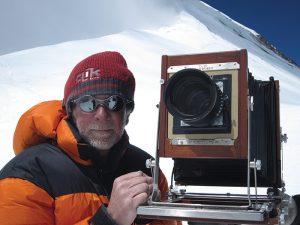 And no, we don’t mean Grizzly Adams, but acclaimed photographer Jeff Botz, whose panoramas of the Himalayan Mountains will be on view for the month of November starting on the 2nd, at Ambleside Gallery (528 South Elm Street). “I do not consider myself a documentary photographer, nor are these photos travelogue,” says Botz, who considers his work “visual poetry” that captures the wonder of being in so stunning a natural environment. Hence the show’s name, Vessels of Wonder, a concept Botz further emphasizes by pairing the photos with meditations on mountains and spirituality, from John Denver’s folk-rock classic “Rocky Mountain High” to verse by Persian poet Rumi. The fusion of images and words — not to mention the thousands who have flocked to Botz’s past exhibits in Charlotte and Hickory — are all clear indications of an artist at his peak. Info: amblesidearts.com.
And no, we don’t mean Grizzly Adams, but acclaimed photographer Jeff Botz, whose panoramas of the Himalayan Mountains will be on view for the month of November starting on the 2nd, at Ambleside Gallery (528 South Elm Street). “I do not consider myself a documentary photographer, nor are these photos travelogue,” says Botz, who considers his work “visual poetry” that captures the wonder of being in so stunning a natural environment. Hence the show’s name, Vessels of Wonder, a concept Botz further emphasizes by pairing the photos with meditations on mountains and spirituality, from John Denver’s folk-rock classic “Rocky Mountain High” to verse by Persian poet Rumi. The fusion of images and words — not to mention the thousands who have flocked to Botz’s past exhibits in Charlotte and Hickory — are all clear indications of an artist at his peak. Info: amblesidearts.com. At 28, it has, quite literally grown by leaps and bounds. The NC Dance Festival brings together professional modern dance choreographers from across the state to share their creative visions. Showcasing a wide variety of dance movement, performances range from contemplative to playful. For, er, kicks, check out the innovation in action at 8 p.m. on November 9 at Greensboro Project Space (219 West Lewis Street) and November 10 at Van Dyke Performance Space (200 North Davie Street). For information and tickets: (336) 373-2727 or danceproject.org/festival.
At 28, it has, quite literally grown by leaps and bounds. The NC Dance Festival brings together professional modern dance choreographers from across the state to share their creative visions. Showcasing a wide variety of dance movement, performances range from contemplative to playful. For, er, kicks, check out the innovation in action at 8 p.m. on November 9 at Greensboro Project Space (219 West Lewis Street) and November 10 at Van Dyke Performance Space (200 North Davie Street). For information and tickets: (336) 373-2727 or danceproject.org/festival. Food season is officially upon us, but avoid gorging yourself and bingeing on junk food — and packing on the pounds — with a little education from Greensboro Children Museum’s Adult Cooking Classes. Kicking off the series on November 3, Chef Anders Benton of GIA demonstrates how to prepare his seasonal favorites (which students get to sample in a multicourse meal). On November 5, you can learn all about mindful eating (think: butternut squash, cherries and quinoa), make your own granola on November 10 and vegan desserts on the 15th. If all of this sounds a little too healthy, just enroll your kids in the Tween, Teen and Kid Cooking Classes on the 9th, 16th and 17th, respectively. The topics? Pies, pie-decorating and fruit pies. Sweet! To register: gcmuseum.com.
Food season is officially upon us, but avoid gorging yourself and bingeing on junk food — and packing on the pounds — with a little education from Greensboro Children Museum’s Adult Cooking Classes. Kicking off the series on November 3, Chef Anders Benton of GIA demonstrates how to prepare his seasonal favorites (which students get to sample in a multicourse meal). On November 5, you can learn all about mindful eating (think: butternut squash, cherries and quinoa), make your own granola on November 10 and vegan desserts on the 15th. If all of this sounds a little too healthy, just enroll your kids in the Tween, Teen and Kid Cooking Classes on the 9th, 16th and 17th, respectively. The topics? Pies, pie-decorating and fruit pies. Sweet! To register: gcmuseum.com.  Though originally written for an Easter mass, Handel’s Messiah has, over time, become a staple of the Christmas season. After all, the entire first part of the choral work is about the birth of Christ, making it a fitting component of December church services. Additionally, there was an abundance of sacred music for Easter, but not so much for Christmas. Curiously, Handel wrote the work at a time when he was underappreciated; London audiences had yawned at his previous season’s works, so the composer worked feverishly in the late summer of 1741, writing from morning till night, before The Messiah’s debut the following spring in Dublin. The layered, exuberant choral piece wowed audiences and forever sealed Handel’s reputation as one of the greats. Hear for yourself as Jay Lambeth conducts Greensboro Oratorio Singers, featuring soloists Caroline Crupi, soprano; Emily Schuering, Mezzo; Jacob Wright, Tenor and Daniel Crupi, Bass in the company’s 65th performance of The Messiah. As a part of the Music Center’s OPUS series, the concert, starting at 7 p.m. on November 27 at the Carolina Theatre, is free and open to the public — something truly worth rejoicing. Info:
Though originally written for an Easter mass, Handel’s Messiah has, over time, become a staple of the Christmas season. After all, the entire first part of the choral work is about the birth of Christ, making it a fitting component of December church services. Additionally, there was an abundance of sacred music for Easter, but not so much for Christmas. Curiously, Handel wrote the work at a time when he was underappreciated; London audiences had yawned at his previous season’s works, so the composer worked feverishly in the late summer of 1741, writing from morning till night, before The Messiah’s debut the following spring in Dublin. The layered, exuberant choral piece wowed audiences and forever sealed Handel’s reputation as one of the greats. Hear for yourself as Jay Lambeth conducts Greensboro Oratorio Singers, featuring soloists Caroline Crupi, soprano; Emily Schuering, Mezzo; Jacob Wright, Tenor and Daniel Crupi, Bass in the company’s 65th performance of The Messiah. As a part of the Music Center’s OPUS series, the concert, starting at 7 p.m. on November 27 at the Carolina Theatre, is free and open to the public — something truly worth rejoicing. Info: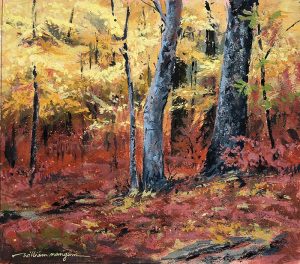 Greensboro Beautiful, to be precise. The nonprofit dedicated to keeping the Gate City gleaming is capping off its 50th anniversary with an exhibition of works by local artist and “North Carolina’s painter” Bill Mangum. To raise money for Greensboro Beautiful, Mangum was commissioned to paint the city’s four public gardens (Gateway, Tanger, the Arboretum and Bog Garden), but as he engaged in the project, the number of paintings grew to 50. Charming vignettes — a solitary bench amid a profusion of pink azaleas, an iris in full bloom, the remains of a tree trunk in fall — began to fill the artist’s studio. See all 50 of them in the exhibition, which runs from November 7–17 at the Art Shop (3900 West Market Street), and appreciate not only the green in Greensboro, but its entire palette of vivid color, as well. Info: greensborobeautiful.org.
Greensboro Beautiful, to be precise. The nonprofit dedicated to keeping the Gate City gleaming is capping off its 50th anniversary with an exhibition of works by local artist and “North Carolina’s painter” Bill Mangum. To raise money for Greensboro Beautiful, Mangum was commissioned to paint the city’s four public gardens (Gateway, Tanger, the Arboretum and Bog Garden), but as he engaged in the project, the number of paintings grew to 50. Charming vignettes — a solitary bench amid a profusion of pink azaleas, an iris in full bloom, the remains of a tree trunk in fall — began to fill the artist’s studio. See all 50 of them in the exhibition, which runs from November 7–17 at the Art Shop (3900 West Market Street), and appreciate not only the green in Greensboro, but its entire palette of vivid color, as well. Info: greensborobeautiful.org. Need some extra plates, mugs and vases for your Thanksgiving table or to give as gifts? Then head to Curry Wilkinson Pottery (5029 South NC Highway 49, Burlington) on November 17, 18, 24 and 25 for the opening of the wood-fired kiln, which was completed this past summer. Enjoy light refreshments in a rustic farm setting as you peruse the salt-glazed, slip-trailed earthenware that has become a signature] style for Wilkinson, a former apprentice of Randleman’s Thomas Sand — and another vessel of a time-honored North Carolina art. Info: currywilkinsonpottery.com.
Need some extra plates, mugs and vases for your Thanksgiving table or to give as gifts? Then head to Curry Wilkinson Pottery (5029 South NC Highway 49, Burlington) on November 17, 18, 24 and 25 for the opening of the wood-fired kiln, which was completed this past summer. Enjoy light refreshments in a rustic farm setting as you peruse the salt-glazed, slip-trailed earthenware that has become a signature] style for Wilkinson, a former apprentice of Randleman’s Thomas Sand — and another vessel of a time-honored North Carolina art. Info: currywilkinsonpottery.com.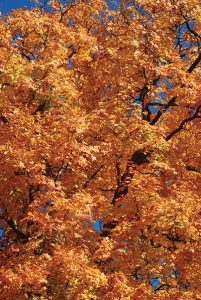 “I think that I shall never see/A poem as lovely as a tree,” wrote journalist and poet Joyce Kilmer. We’d wager Doug Goldman, a botanist for the U.S.D.A., would heartily agree. As chronicled in these pages earlier this year, Goldman has devoted his energies to cataloguing and preserving the wide variety of trees and shrubs in Greenhill Cemetery, many of them planted by the Gate City’s “Johnny Appleseed,” Bill Craft. Learn more about the array of roots and branches swathed in glorious fall colors on November 10 and 11, on a Green Hill Botanical Tour with Goldman as your guide. Tours begin at 1 p.m. at the Wharton Street gate. To reserve, send an email to: friendsofgreenhillcemetery.org.
“I think that I shall never see/A poem as lovely as a tree,” wrote journalist and poet Joyce Kilmer. We’d wager Doug Goldman, a botanist for the U.S.D.A., would heartily agree. As chronicled in these pages earlier this year, Goldman has devoted his energies to cataloguing and preserving the wide variety of trees and shrubs in Greenhill Cemetery, many of them planted by the Gate City’s “Johnny Appleseed,” Bill Craft. Learn more about the array of roots and branches swathed in glorious fall colors on November 10 and 11, on a Green Hill Botanical Tour with Goldman as your guide. Tours begin at 1 p.m. at the Wharton Street gate. To reserve, send an email to: friendsofgreenhillcemetery.org.

